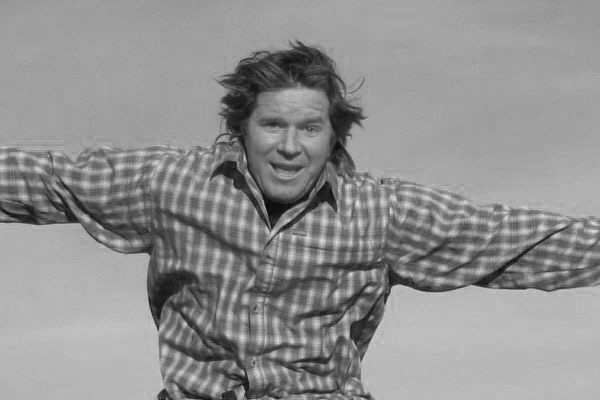
 Fred Williams
Brand Manager, Petersen’s 4Wheel & Off Road
Fred Williams
Brand Manager, Petersen’s 4Wheel & Off Road
Big tires are often to blame for projects that grow larger and larger over time. For example, if you’re building an old Jeep, a small Suzuki, or even a mini truck and you want big tires (35s or larger) you may soon find that you want larger axles as well. The stock parts are great to a point, but eventually the leverage of big tires, low gears, and locking differentials can take their toll on axleshafts, gears, and housings. A lot of us keep running the small parts to eke out every last bit of use, while others like to upgrade for the security of not having to wrench on the trail.

It is most common to find a junkyard axle and figure out a way to swing it under your 4x4 with special outboard leaf spring mounts or custom link suspensions, but what if you want an axle built differently than you can find in the junkyard? If your budget can handle it, a topnotch option is a custom-built axle from such suppliers as Currie, Dynatrac, and Spidertrax. However, some guys who want a custom axle would rather throw down some sparks instead of their MasterCard or Visa to make it happen. We recently drug a junkyard Dana 44 home and chopped, ground, and welded it into a new front axle for a project we’ve been wrenching on afterhours.
 We started with a ’79 Dodge half-ton front Dana 44 that we had found on Craigslist. In the end we only kept the housing. We may have been smarter to shop around more, but we had it so we built it.
We started with a ’79 Dodge half-ton front Dana 44 that we had found on Craigslist. In the end we only kept the housing. We may have been smarter to shop around more, but we had it so we built it.
The Dana 44 we started with is from a late ’70s Dodge half-ton. It has 3⁄8-inch-thick tubes, which is good, but the overall width, the goofy old unit-bearing style hubs, and the lack of locking hubs all made it unrealistic for our project. The job of narrowing and rebuilding our front isn’t for everyone, and we can’t honestly say that it’s better than what those aftermarket axle shops can build, but it will do the job for our little 4x4. It is a fun project, and it was a way of turning a lemon of an axle into lemonade.
 Narrowing the axle would require multiple steps of measuring. First we had to determine how wide the axle currently is, but this needed to be done with the new Reid Racing heavy-duty, flat-top, cast ductile iron steering knuckles installed, not the old parts we were replacing. We began by pressing in some new ball joints from RockAuto. Meanwhile we spoiled ourselves and sent the axlehousing to a sandblaster to get the years of grease and grime off of it after we disassembled it.
Narrowing the axle would require multiple steps of measuring. First we had to determine how wide the axle currently is, but this needed to be done with the new Reid Racing heavy-duty, flat-top, cast ductile iron steering knuckles installed, not the old parts we were replacing. We began by pressing in some new ball joints from RockAuto. Meanwhile we spoiled ourselves and sent the axlehousing to a sandblaster to get the years of grease and grime off of it after we disassembled it.
Clearance Considerations
Before you start chopping your axles, consider these points.
• The pinion, driveshaft, steering links, and centersection need to clear other parts like the engine oil pan, starter, and frame at full suspension compression.
• The front pinion angle needs to be set according to front driveshaft joints. A CV requires a different angle than dual U-joints.
• The front pinion wants to move downward under load, the rear upward, especially with a spring-over suspension.
• The suspension you choose will affect the axle you build. Leaf and four-link suspensions move the axle fore and aft. A link suspension with a track bar moves the axle side-to-side through its travel. Also, if your centersection has a cast-in spring mount, you’ll need to consider its angle and location.
• Determine how far an axle can steer with the tires you plan on running so you don’t wind up with tires hitting the springs, links, or frame at full lock by building an axle too narrow.
PhotosView Slideshow













